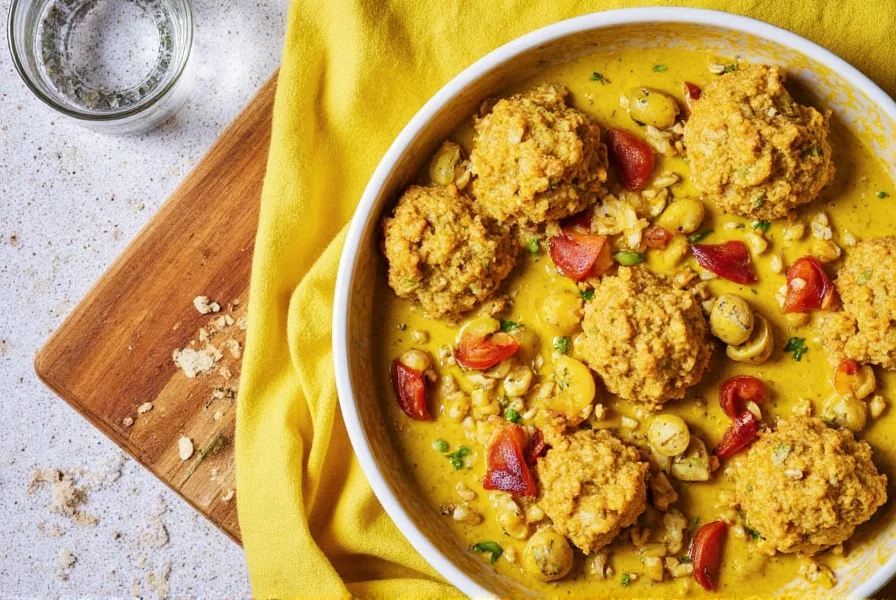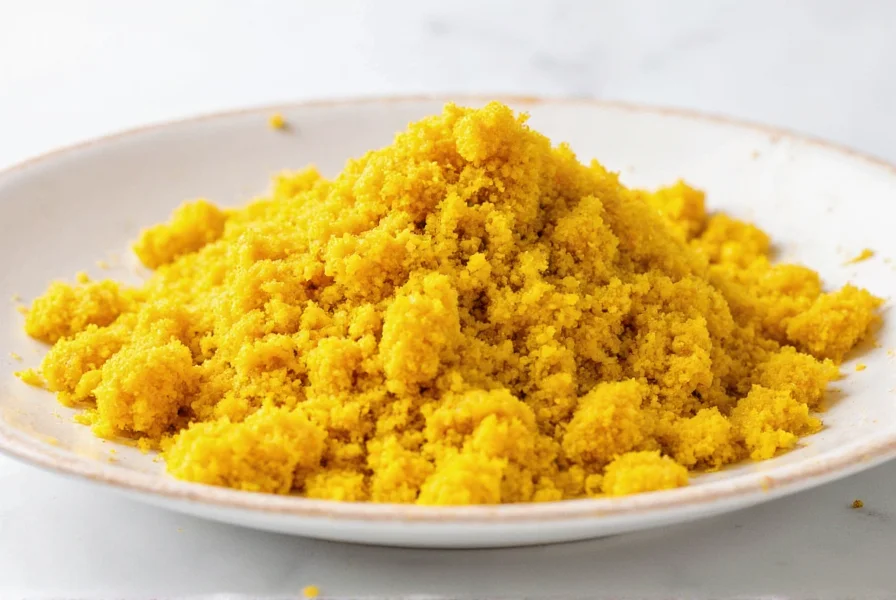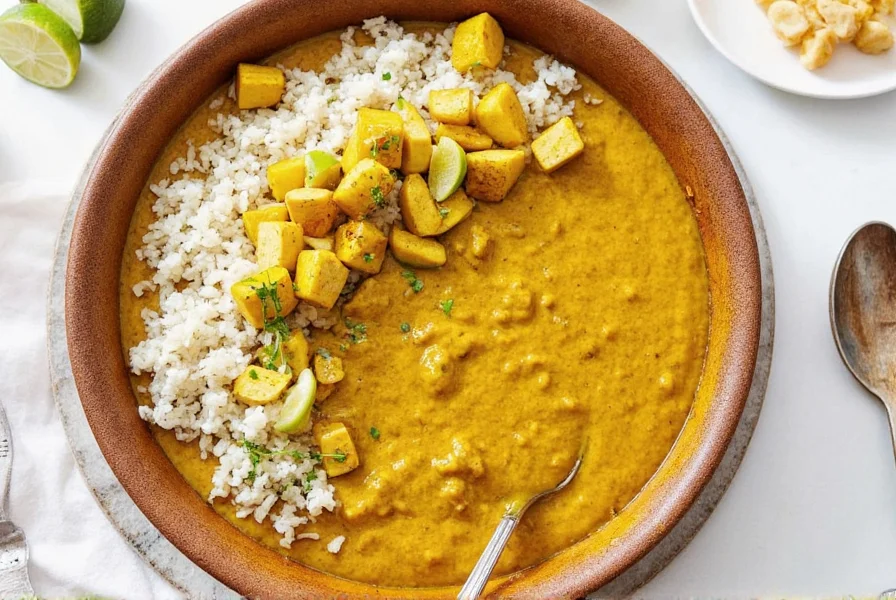These vibrant roots form a powerhouse duo in the kitchen, offering both exceptional flavor and science-backed health benefits. When combined properly, turmeric and ginger create dishes that are not only delicious but also support your body's natural inflammatory response. The key to unlocking their full potential lies in understanding how to prepare and pair them correctly.
Why Turmeric and Ginger Belong Together
Turmeric contains curcumin, a compound with potent anti-inflammatory properties, while ginger boasts gingerols that provide digestive benefits and additional anti-inflammatory effects. Research shows these compounds work synergistically, meaning their combined effect exceeds what either provides alone. However, curcumin has low bioavailability on its own - it needs black pepper (for piperine) and healthy fats (like coconut oil or olive oil) to be properly absorbed by your body.
Selecting and Storing Your Ingredients
For the best fresh turmeric ginger recipes, choose firm, plump roots with smooth skin. Avoid shriveled or moldy pieces. Store them in the refrigerator's crisper drawer in a paper bag for up to three weeks. You can also freeze both roots for longer storage - simply peel, slice, and place in an airtight container. Frozen turmeric and ginger can go straight into smoothies or hot beverages without thawing.

Essential Cooking Techniques
Maximize flavor and health benefits with these preparation methods:
- Dry toast spices before adding liquids to intensify flavors
- Grate fresh roots for maximum potency in smoothies and dressings
- Simmer gently in liquid bases for 10-15 minutes to extract compounds without degradation
- Always include black pepper (just 1/20th of a teaspoon) to boost curcumin absorption by 2000%
- Add healthy fats like coconut milk or olive oil to enhance bioavailability
Top Recipe Categories Featuring Both Spices
| Recipe Type | Best Preparation Method | Key Flavor Pairings |
|---|---|---|
| Golden Milk | Simmer with coconut milk | Cinnamon, black pepper, honey |
| Curries | Sauté in oil base first | Garlic, cumin, coriander, tomatoes |
| Roasted Vegetables | Toss with oil before roasting | Garlic, lemon, olive oil |
| Smoothies | Blend fresh grated roots | Mango, pineapple, banana, spinach |
| Teas | Steep sliced roots in hot water | Lemon, honey, mint |
Five Exceptional Recipes to Try
1. Anti-Inflammatory Golden Milk
This healthy turmeric ginger tea preparation serves as both comfort drink and wellness booster. Combine 2 cups unsweetened almond milk, 1 teaspoon turmeric, 1/2 teaspoon freshly grated ginger, 1/4 teaspoon cinnamon, a pinch of black pepper, and 1 teaspoon coconut oil in a small saucepan. Warm gently over medium-low heat for 10 minutes (do not boil). Sweeten with raw honey to taste. The coconut oil and black pepper dramatically increase the bioavailability of curcumin.
2. Turmeric Ginger Roasted Vegetables
For perfect turmeric ginger roasted vegetables, toss 4 cups mixed vegetables (sweet potatoes, cauliflower, and carrots work best) with 2 tablespoons olive oil, 1 tablespoon freshly grated turmeric, 1 tablespoon freshly grated ginger, 2 minced garlic cloves, salt, and pepper. Roast at 400°F for 25-30 minutes until tender and caramelized. Finish with fresh lemon juice and chopped cilantro. The high heat enhances the earthy notes while preserving beneficial compounds.
3. Immune-Boosting Turmeric Ginger Soup
This easy turmeric ginger soup recipe combines 1 chopped onion, 3 minced garlic cloves, 2 tablespoons grated ginger, 2 tablespoons grated turmeric, 4 cups vegetable broth, 1 can coconut milk, 1 chopped sweet potato, and 2 cups chopped kale. Sauté aromatics first, then add remaining ingredients and simmer 20 minutes. The coconut milk provides the necessary fat for curcumin absorption while creating a creamy texture without dairy.

4. Tropical Turmeric Ginger Smoothie
Create this turmeric ginger smoothie for inflammation by blending 1 cup coconut water, 1/2 cup frozen mango, 1/2 banana, 1 tablespoon freshly grated turmeric, 1 teaspoon freshly grated ginger, 1/2 teaspoon lemon zest, 1 tablespoon chia seeds, and a pinch of black pepper. The tropical fruits mask any bitterness while providing additional antioxidants. Drink immediately for maximum enzyme activity.
5. Authentic Turmeric Ginger Chicken Curry
For authentic Indian recipes with turmeric and ginger, start by sautéing 2 tablespoons each of grated turmeric and ginger with 1 chopped onion in coconut oil. Add 2 pounds chicken pieces, 1 can coconut milk, 1 tablespoon garam masala, 1 teaspoon cumin, and salt. Simmer 25 minutes until chicken is cooked through. Serve with basmati rice. The extended simmering time allows flavors to meld while maintaining the integrity of the beneficial compounds.
Common Mistakes to Avoid
Many home cooks make these errors when preparing best recipes using turmeric and ginger together:
- Using only powdered forms when fresh provides superior flavor and potency
- Omitting black pepper, which reduces curcumin absorption by 95%
- Adding spices too late in the cooking process
- Using insufficient healthy fats for proper nutrient absorption
- Overheating turmeric, which degrades curcumin (keep below 300°F)
- Using old, stale spices that have lost potency
Storage and Meal Prep Tips
Make simple weeknight dinners with turmeric ginger more efficient with these strategies:
- Pre-grate both roots and store in airtight containers with a bit of water in the refrigerator for up to one week
- Create a turmeric-ginger paste (2 parts turmeric, 1 part ginger, 1 part oil) for quick addition to dishes
- Freeze portions of golden milk in ice cube trays for instant wellness shots
- Batch-cook curries and soups for easy reheating throughout the week
- Keep fresh roots in a jar of water in the refrigerator like flowers for extended freshness
Frequently Asked Questions
How much turmeric and ginger should I use in recipes for health benefits?
For therapeutic benefits, use 1-3 grams of fresh turmeric (about 1 teaspoon grated) and 0.5-1 gram of fresh ginger (about 1/2 teaspoon grated) per serving. Research shows this provides sufficient curcumin and gingerols while remaining palatable. Always include black pepper and healthy fats to maximize absorption.
Can I substitute powdered turmeric and ginger for fresh in recipes?
Yes, but with important considerations. Use 1/4 teaspoon powdered turmeric for every 1 teaspoon fresh, and 1/4 teaspoon powdered ginger for every 1/2 teaspoon fresh. Powdered forms have lower enzyme activity and bioavailability, so you'll need to increase black pepper and healthy fats to compensate. Fresh provides superior flavor complexity and higher concentrations of active compounds.
Why does my turmeric ginger recipe stain my containers yellow?
Turmeric contains curcumin, a powerful natural dye that binds strongly to surfaces. To prevent staining, immediately rinse containers after use with hot water before the residue dries. For existing stains, create a paste of baking soda and water, apply to the stained area, let sit for 15 minutes, then scrub. Using glass or stainless steel containers instead of plastic also reduces staining.
How can I reduce the bitterness in turmeric ginger recipes?
Natural sweetness balances turmeric's earthiness. Add small amounts of honey, maple syrup, or naturally sweet vegetables like sweet potatoes or carrots. Acidic elements like lemon or lime juice also cut bitterness. Start with 1/4 teaspoon sweetener per serving and adjust to taste. Fresh turmeric is less bitter than dried powder, and younger ginger rhizomes have milder heat.











 浙公网安备
33010002000092号
浙公网安备
33010002000092号 浙B2-20120091-4
浙B2-20120091-4